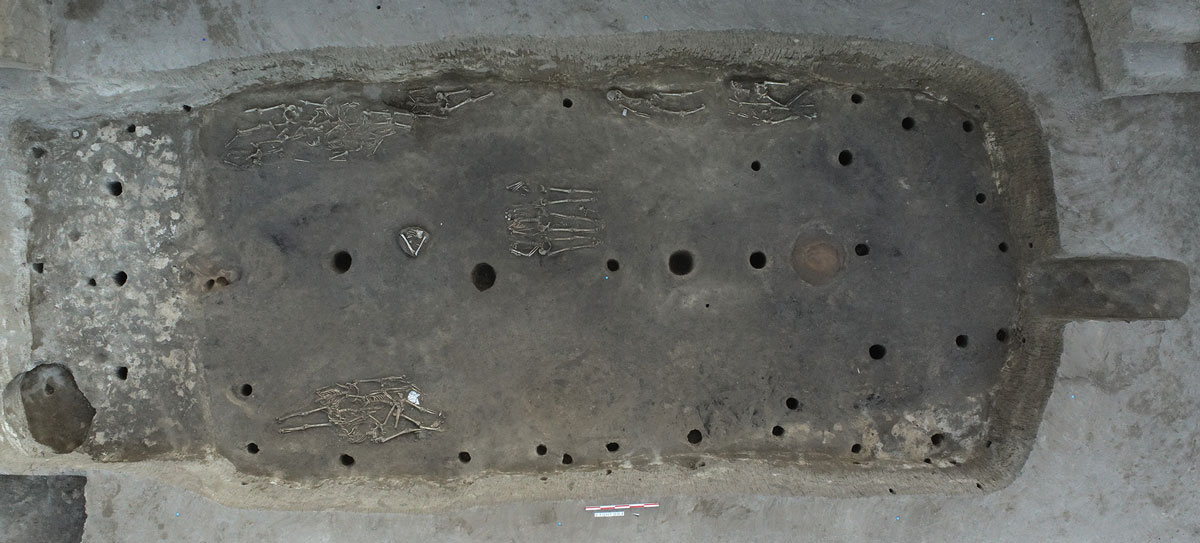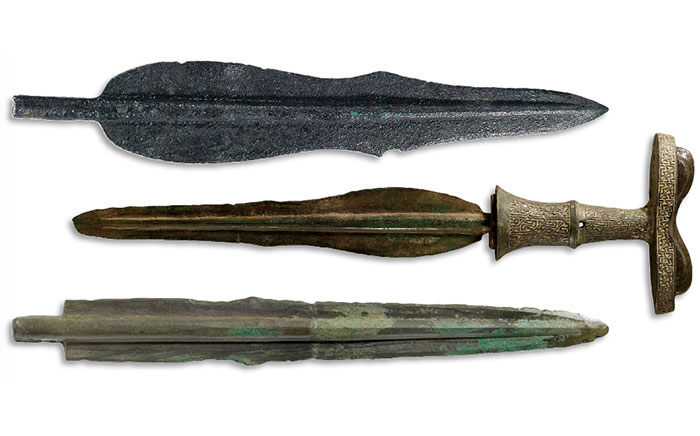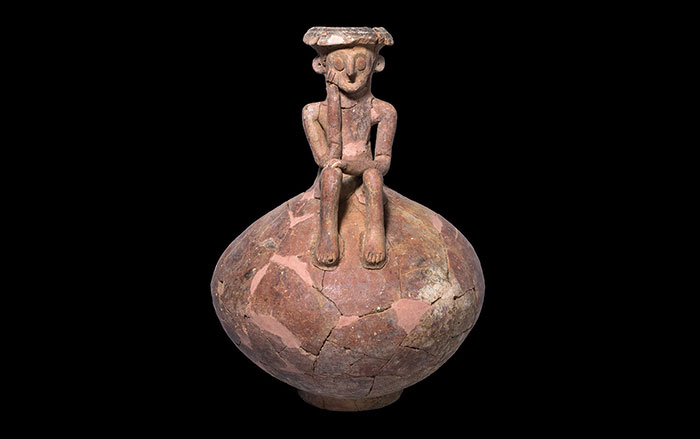
CHENGDU, CHINA—Live Science reports that miniature silk looms have been found in a 2,100-year-old tomb in southwestern China. “We are very sure that the loom models from Chengdu are the earliest pattern looms around the world,” said Feng Zhao, of Donghua University and the China National Silk Museum. Such machines are thought to have produced the Shu jin silks of the Han Dynasty, which were traded along the Silk Road routes across Eurasia. The tomb was probably looted in antiquity, but the four model looms, which measure about one-sixth the size of a regular loom, had been left in one of four small compartments beneath the tomb’s main chamber. The compartment also contained devices for warping, rewinding, and weft winding. Figurines of four male weavers and nine female weaving assistants were also found. Names had been written on the ten-inch-tall figurines, suggesting that they represented a team of real-life weavers. For more, go to “The Price of Tea in China.”










